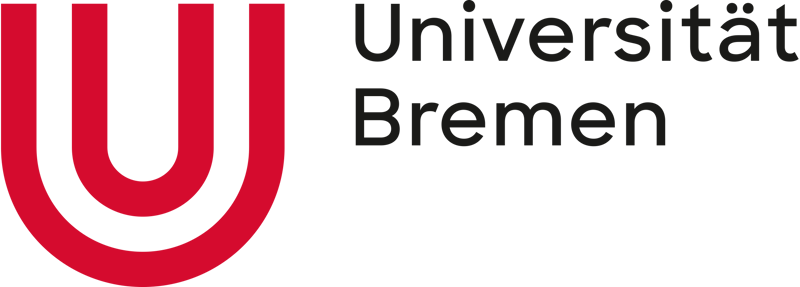Public social spending levels vary extensively within authoritarian regimes, with some autocrats being more generous than others. A government’s political ideology is a key predictor of these variations in social spending.
Dictators do not govern in isolation. They secure their position in power through a combination of policy concessions (carrots) and repressive measures (sticks). Among the policy concession strategies, social policy plays a crucial role in regime’s stability.
My article All that is left is all that matters: the politics of social spending in authoritarian regimes examines the key factors driving differences in public expenditure in health and education across authoritarian regimes. While there is scant evidence explaining the configurations that lead to this, a government’s political ideology remains a key predictor.
To examine this in detail, I compiled a time-series cross-sectional (TSCS) dataset on 85 countries from 2000 to 2019, and find that socialist and communist autocracies allocate higher levels of public spending in health and education compared to other authoritarian regimes. Neither formal political institutions nor the size of the ruling coalition fosters public social spending. Instead, it is the regime’s political ideology that holds real significance.
Let's examine some potential explanations.
Political incentives
Autocratic incumbents employ social policy concessions as a tool to garner political consensus and secure their position in power. Unlike repressive measures, social policy concessions, particularly in the form of social insurance programmes, are less costly and more effective. These programs channel resources only to those groups that are essential for the survival of the regime, thereby creating strong power-sharing commitments with critical groups.
However, support from members of the ruling coalition may not be sufficient to keep autocrat leaders in power. Since threats to regime stability can arise from multiple sources, autocrats also need to cultivate ‘diffuse support’ by providing the well-being of their citizens. Public social spending, particularly in health and education sectors, is the most effective way to achieve this goal.
Main determinants
I find three main determinants of varying levels of public social spending in autocracies.
Political institutions: Since the 1990s, many authoritarian regimes have established political institutions, such as elections and legislatures. While these institutions alone are not enough to expand social spending, the presence of de-jure multiparty elections, where electoral competition either among parties or candidates is allowed, create more incentives for higher social spending levels. As the space for public contestation enlarges, autocrats attempt to secure their position in power by increasing public social expenditures.
Regime characteristics: The size of the ruling coalition also plays a significant role. As the coalition supporting the autocratic incumbent expands, so do the incentives for autocrats to maintain a broader support. This, in turn, encourages public spending in those sectors such as health and education, which are key to fostering diffuse political support.
Empirical evidence, however, suggests that political ideology is the most decisive factor: political ideology primarily shapes social spending in authoritarian regimes, with left-wing government allocating substantially higher levels of public spending to both health and education compared to other regime types.
.jpg)
Figure 1: Political ideology and health and education expenditures
Note: Average health expenditure for socialist/communist autocracies (2000-2019) = 3.2%; Average education expenditure for socialist/communist autocracies (2000-2019) = 5.2%; Average health expenditure for other autocracies (2000-2019) = 1.8%; Average education expenditure for other autocracies (2000-2019) = 3.6%.
At least two conclusions can be drawn from these findings.
First, political institutions, particularly elections, are predominantly used by autocrats to legitimize their position in power, rather than to enhance social policy concessions to their citizens.
Second, as advocated by Esping-Andersen, social policy decisions carry political implications and align with ideological principles, even within authoritarian regimes.
What comes next?
Since Francis Fukuyama’s The End of History, it once seemed clear that democracy would become the only game in town. This is no longer the case. Authoritarianism is on the rise. This year, for the first time, the number of democracies (88) has fallen below the number of autocracies (91). The wave of autocratization is affecting countries across the globe – from Europe, North and Latin America to East Asia and Sub-Saharan Africa. More worryingly, 72% of the world’s population – approximately 5.7 billion people – now live under authoritarian regimes.
These alarming trends prompt social policy scholars to reflect thoroughly on the following questions: What are the social conditions for the majority of the world’s population living in non-democratic regimes? And what drives would-be autocrats to promote or hinder citizens’ wellbeing?
This article summarizes findings from 'All that is left is all that matters: the politics of social spending in authoritarian regimes', published on Democratization on April 8th, 2025.
Header photo by Vlad Sargu - Unsplash








